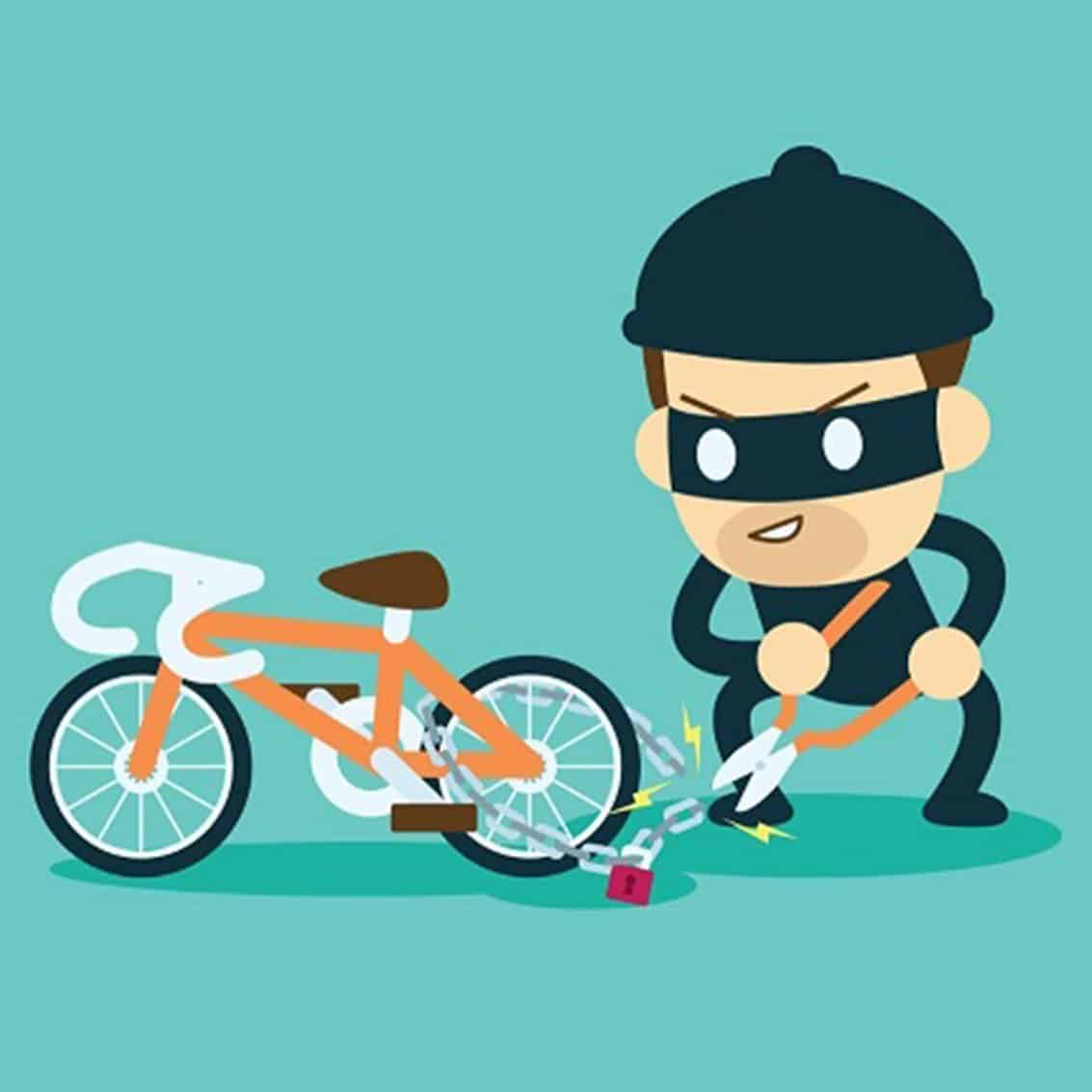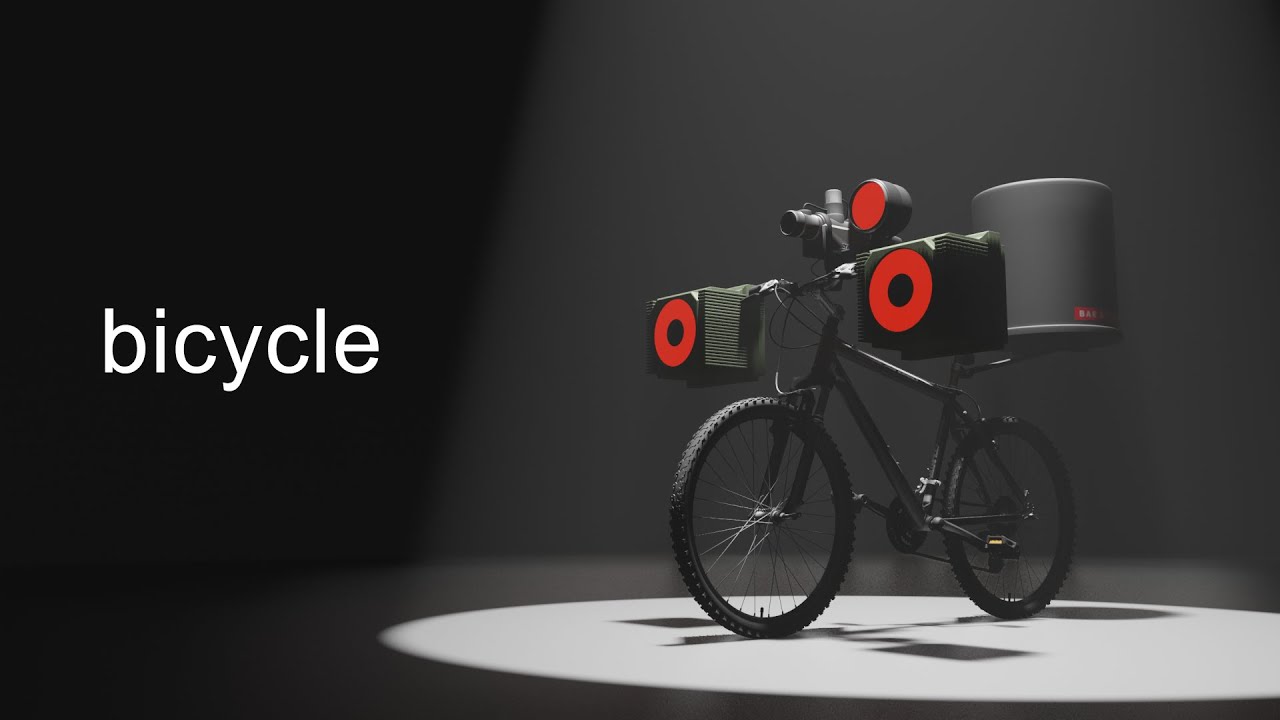Protect Your Bike from TheftJohn Brooks is the digital communications and media officer, addressing the needs of casual cyclists for Cycling UK, and she today stresses practices cyclists should adopt to avoid the dreaded predicament of bike lifting. Consider this scenario: riding out to a city where you need to secure your bicycle, you do some shopping or have a meal and you gratefully return to have your cycle, only to discover it missing. For most cyclists, this scenario is a worst-case scenario with Protect Your Bike from Theft.
Of course, we realize that not every bike theft is reported to the police and therefore these figures may be somewhat surreal, and we also acknowledge that the chances of recovering the bikes are quite pathetic, bike theft is however preventable. Adopting such measures and maybe the wearing of helmets will make it very hard for someone to just ride away on their bike.

Assurance of Safety Measures: Guard Your Wheel Maintenance: The First Steps
A cost-effective but important measure to prevent bike theft is to take bicycle insurance. Cycling UK’s member benefit partners, Yellow Jersey and Pedal Cover, provide the members with bicycle insurance and the member also donates 10% of the premium to support campaigning for cycling at the regional and national level. A few of the household insurance policies may cover cycle insurance; however, it is better to read the terms. Make certain that the policy includes an amount sufficient to cover the cost of the bike and also covers outside the house if you really want Protect Your Bike from Theft.
Once insured, there are certain things you must know about your bicycle. You should make a note of the model brand’s description and additional bike attributes including the frame number, usually positioned below the Pedal Bottom bracket. If the worst comes to the worst, then photographing your bike especially how it is secured in the shed or garage will be extremely useful. It is also a good practice to save documents showing the prices of your bicycle and extra equipment for it.
Another useful action is to help in recovering the stolen bike as you can take the bike and register it into something like the bike register scheme. Cycling UK members can get a 15% discount on security marking kits which is up for sale to help secure the bikes as the members use bicycles.

Choosing the Lock That Will Suit You Best
With regards to making the fastest lock the basic aim is to stop any bike thief “thick or thin opportunistic and professional”. Extending or moving a bolt more than normal will not help fortify the lock and no lock would ever be made that can give a guarantee that all would be safe. Two locks one of which is a D-lock used when locked to a bike rack and a prettier, more portable hip lock making for quicker access to heavy motorbike contents is a critical must as per Lauren Brooks.
It is very important to look for “Sold Secure” rated locks when choosing which locks to purchase. These measures tell you how good the protection is, the higher the rating the better:
- Diamond: In terms of protection levels, this is the most secure type of lock. Designed to withstand a particular set of attacks, these diamond-rated locks will protect the most important areas. Such locks are best placed in high theft areas and will stop or at least slow down even the most aggressive burglar.
- Gold: Such locks are recommended for cities, big towns, and university campuses where there is more people. This rating is ideal if your bike is likely to attract attention or is chained up for an extended period of time.
- Silver: Satisfactory security is given at an average price with this rating. Best for temporary bike parking in smaller avenues and villages.
- Bronze: Even though they are cheap, the Bronze-rated locks offer little protection against theft and even that cannot be said in high-risk environments.
Although it’s true that even the best locks can be compromised given the right tools, it’s imperative to harden the locks to an extent that they will stall most would-be thieves. Some locks even come with guarantees from their manufacturers to pay compensation for losses while using their product such as bike insurance in the event of theft. Nevertheless, fine print notifies some that you may have to return the lock rendition, which you unfortunately cannot do if the thieves have not left that behind.
How to Lock Up Your Bike Safely and Securely
Apart from knowing the correct locking procedures and tools, it is also necessary to understand how and where to lock your bike. Try at all time to chain your bike to steel structures that are solid and not easy to be cut with the use of tools. Specially designed bicycle parking systems, such as the Sheffield stand, are the best options. When purchasing Sheffield stands, try to avoid the U-shaped stands and go for M-shaped ones as they offer safety while embracing beauty.
The safety issue is a priority too and there are factors you will need to consider in this regard. An area that is brightly lit has lots of human activity, and has cameras is not again like the same situation as a dimly lit area. Also, a lot of people are likely to be against stealing if there are many other bicycles and most of them are pieces of high quality locked in place.
How Do I Lock My Bicycle Correctly?
This is something that Lauren cannot stress enough: always use a lock for your bike, even if it’s only for a moment. Without a lock, the time taken to steal the bike is indeed a matter of seconds. With a lock, the incidence is only for the few who have the intricate tools and the zeal to break it.
In the process of locking your bike, you should start with the frame, the back wheel, and then the front wheel. With D-locks, it is preferable to lock the bike low down, preferably over the bottom bracket or the seatpost rather than the top tube which is much easier for even the criminals to get to. Achieving a full leash of a lock’s shackle with as much of the bike and other street furniture as possible provides minimal space for tools, thus reducing the chances of breaking the lock.
Tension is the chain or cable of flexible locks. Loose wrapping of the lock allows thieves to use bolt cutters or any tools for that matter with ease. A chain is recommended for securing the bicycle frame, the rear wheel, and the stationary object. If need be, a second chain with a lock should be passed through the rear wheel, the frame, and the same object.
Slightly more advanced than attaching the locking device to a wall or to the frame of the bike is to lift the lock high above the ground and position the keyhole to the bottom, so that it cannot be easily vandalized. Never operate a bike lock through the frame only proximate to the lock object as this puts the wheels at risk of theft. Especially the ones that have quick-release systems.

Protect Your Bike from Theft : Additional Security Measures.
Most of the bikes stolen or attempted are already on the premises of the owners. If so, your most secure bet would be to keep your bike outside the house as it is kept locked. Floors or walls attached to the shed or generic garage anchors provide extra locks for the items hide inside. You may also want to buy a battery-powered shrill to place in your shed that may scare off intruders even without them physically burglarizing your shed. Other than that it is basically important to provide a strong lock to the shed itself as ineffective and weak deck locks can be removed effortlessly using primary hand tools.
Locks are as well maintenance intensive. Oil is used mainly to avoid locking errors, but it is also helpful to routinely exercise the lock by opening and closing it. If a lock does get frozen during the chill season, one remedy is to pour hot water over the lock and follow that with oiling the device to prevent rust.
In addition, here is an idea: how about inscribing the postcode into the frame of the bike. Stolen bicycles are less likely to be stolen if they can easily be traced. Another is a mobility strategy of removing and bringing the saddle with you especially when it is an expensive leather-type saddle that is a target.
Prevention is Key
Protect Your Bike from Theft In the unfortunate reality, biking is a suffering lifestyle since bike theft is a common problem but it is not a problem that cannot be avoided. Following Lauren Brooks’ suggestions, the chances of bike theft can be cut to a great deal to help cyclists enhance their confidence level. Using 2 locks on your bike, avoiding unsafe bike parking areas, and taking some additional measures at home can help a lot too. You are safely able to carry out your cycling escapades, and not worry a thing that the bike is at risk of being stolen.
 NCN The National Cycle Network
NCN The National Cycle Network



